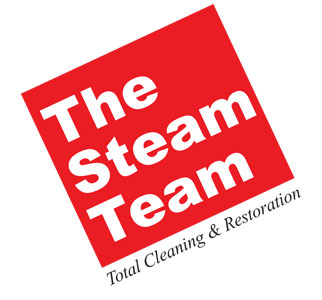Restoring Your Home After a Flood: A Comprehensive Guide to Recovery
/Austin restoration
Floods can be devastating, leaving homes waterlogged, possessions ruined, and families displaced. In the aftermath of such a disaster, the process of restoring your home can seem daunting. However, with a systematic approach and determination, you can bring your home back to its former glory. This comprehensive guide provides step-by-step instructions on how to restore your home after a flood, ensuring safety, efficiency, and the preservation of cherished memories.
**1. Ensure Safety First: Before re-entering your home, ensure it's safe to do so. Check for structural damage, gas leaks, and electrical hazards. If there are significant damages, consult with professionals before entering. Once inside, wear appropriate protective gear, including gloves and masks, to avoid contact with contaminated water and mold.
**2. Document the Damage: Before you start any cleaning or repairs, thoroughly document the damage. Take photographs and videos of every affected area and item. This documentation will be invaluable when dealing with insurance claims and can serve as evidence for disaster assistance applications.
**3. Remove Water and Dampness: The first step in the restoration process is to remove all standing water from your home. Use pumps, wet-dry vacuums, and buckets to extract water from flooded areas. Once standing water is removed, use dehumidifiers and fans to dry out the space. Pay special attention to walls, floors, and furniture, as dampness can lead to mold growth.
**4. Dispose of Contaminated Items: Floodwater often carries contaminants. Dispose of items that cannot be thoroughly cleaned and disinfected, such as mattresses, carpets, and upholstered furniture. These porous materials can harbor bacteria and mold, posing health risks.
**5. Clean and Disinfect: Thoroughly clean all surfaces with soap and water. Then disinfect with a bleach solution (1 cup of bleach to 5 gallons of water) to kill bacteria and prevent mold growth. This includes walls, floors, appliances, and personal items that can be salvaged.
**6. Inspect and Repair Electrical Systems: Hire a qualified electrician to inspect your home’s electrical system. Water damage can compromise wiring and create a fire hazard. Ensure that the system is thoroughly dried and repaired before restoring power to your home.
**7. Address Mold Issues: Mold can start growing within 24-48 hours after a flood. Inspect your home for mold growth, especially in areas with high moisture levels. Small mold issues can often be cleaned with a bleach solution, but larger infestations may require professional remediation.
**8. Repair Structural Damage: Evaluate your home’s structural integrity. Floods can weaken foundations, walls, and supports. Work with professionals to repair structural damage, ensuring your home is safe and stable.
**9. Restore and Replace Flooring: Replace flooring materials that cannot be salvaged. Consider using water-resistant flooring options like tile or vinyl, which are more resistant to water damage. Ensure proper installation to prevent future issues.
**10. Repaint and Restore: Repaint walls and ceilings after ensuring they are completely dry. Use mold-resistant paint to prevent future mold growth. Restore damaged woodwork and cabinets. Replacing damaged doors and windows might also be necessary.
**11. Install New Insulation: Replace insulation that has been compromised by water damage. Proper insulation is essential for energy efficiency and preventing future mold growth.
**12. Landscape and Prevent Future Flooding: Ensure proper drainage around your home to prevent future flooding. Grade the land away from your foundation and consider installing French drains or other drainage solutions. Plant grass or other ground cover to prevent erosion.
**13. Review Your Homeowner’s Insurance: Contact your insurance company to understand your coverage and file a claim. Be thorough in documenting your losses and be in regular communication with your insurer throughout the restoration process.
**14. Consider Professional Restoration Services: For extensive damage, consider hiring professional restoration services. Experienced professionals have the expertise and equipment to handle large-scale restoration projects efficiently and effectively.
**15. Seek Emotional Support: The aftermath of a flood can be emotionally draining. Seek support from friends, family, or counselors to cope with the stress and emotional toll of the experience. Community support groups can also provide valuable insights and emotional solidarity.
Conclusion: Restoring your home after a flood is a challenging and often lengthy process. It requires patience, determination, and sometimes professional assistance. By following these steps and staying organized, you can gradually reclaim your home and your life. Remember, it’s not just about rebuilding the physical structure; it’s about restoring the sense of security, comfort, and belonging that your home provides. With time, effort, and a resilient spirit, you can turn the page on this challenging chapter and create a brighter, safer future for you and your family.








